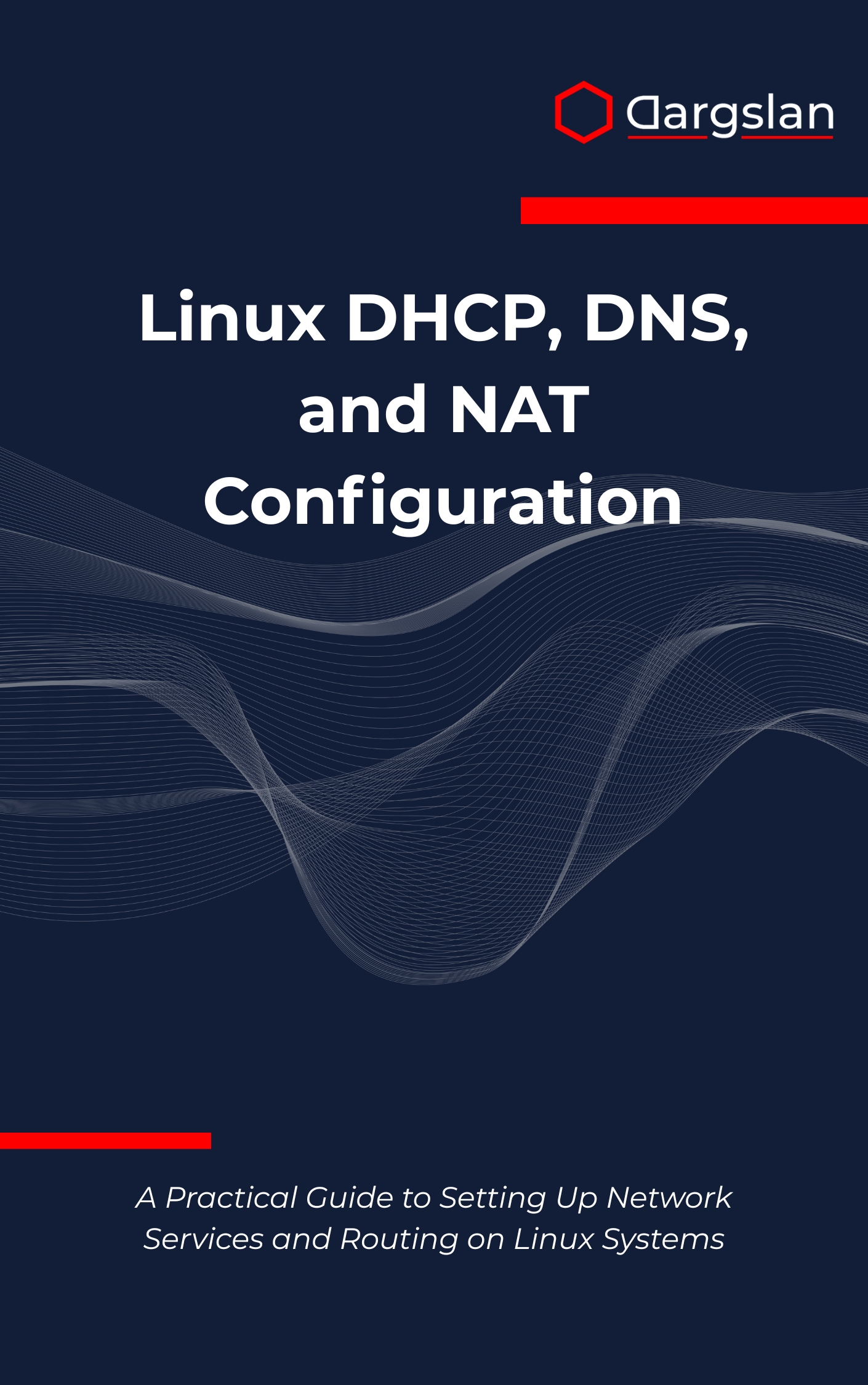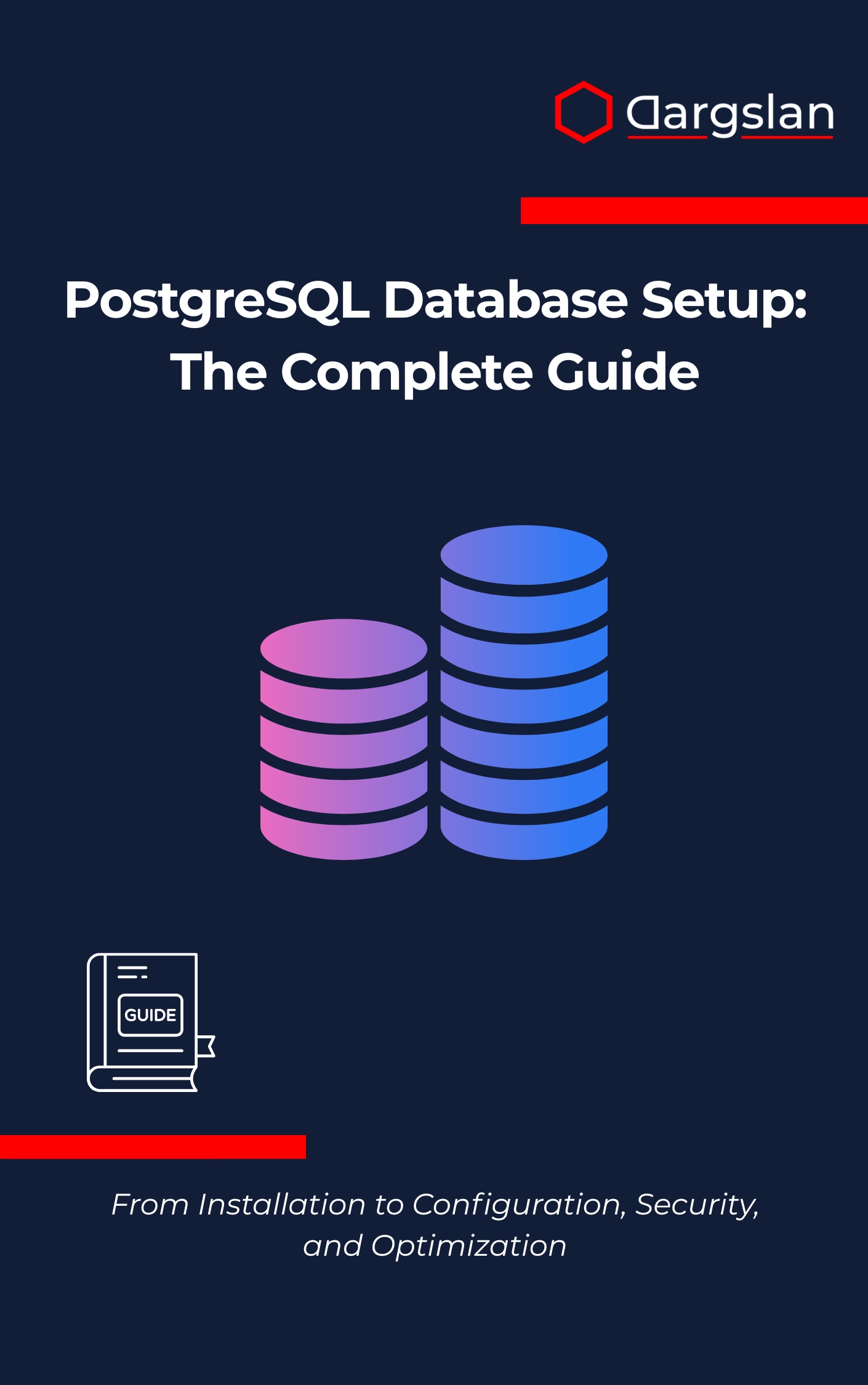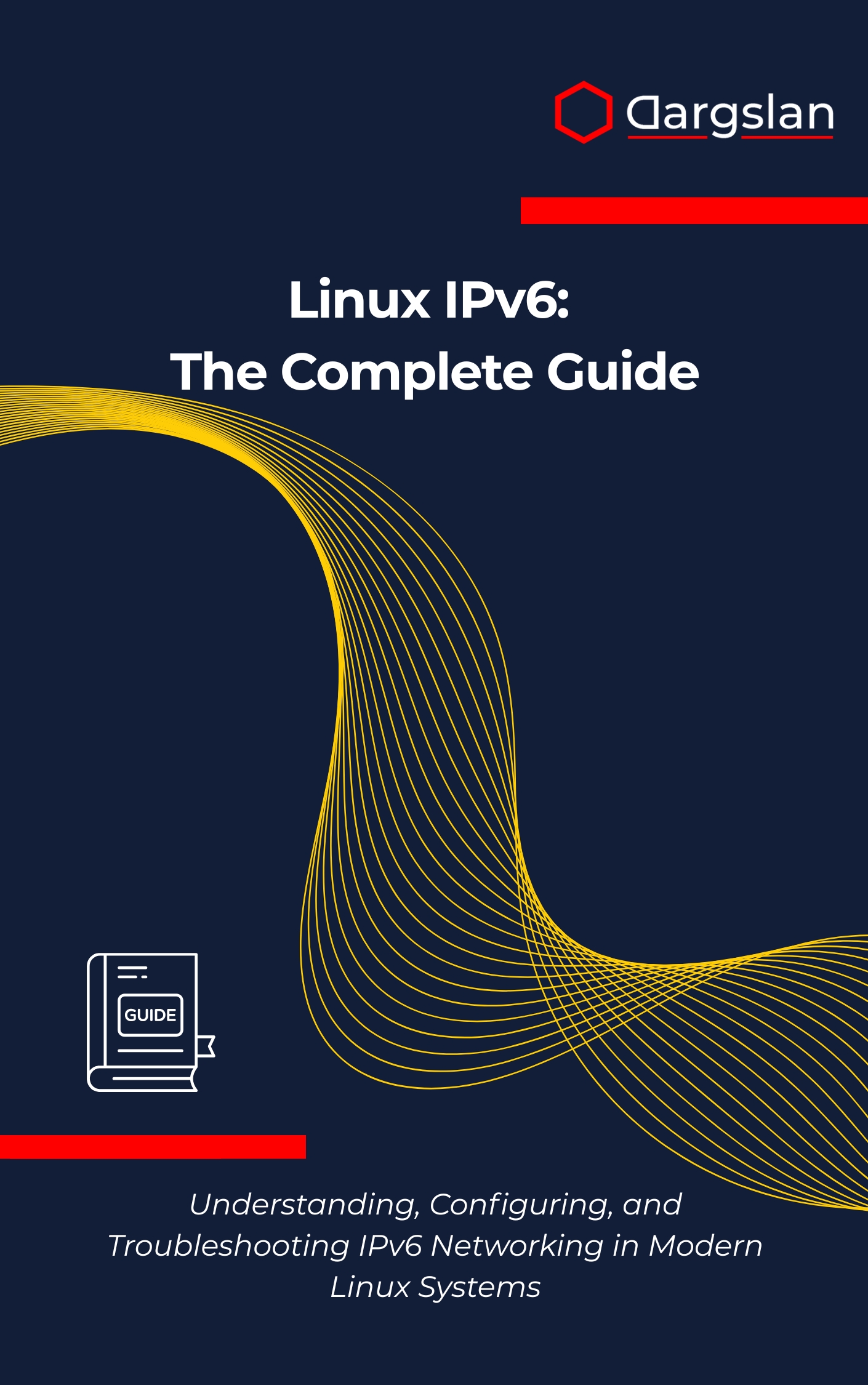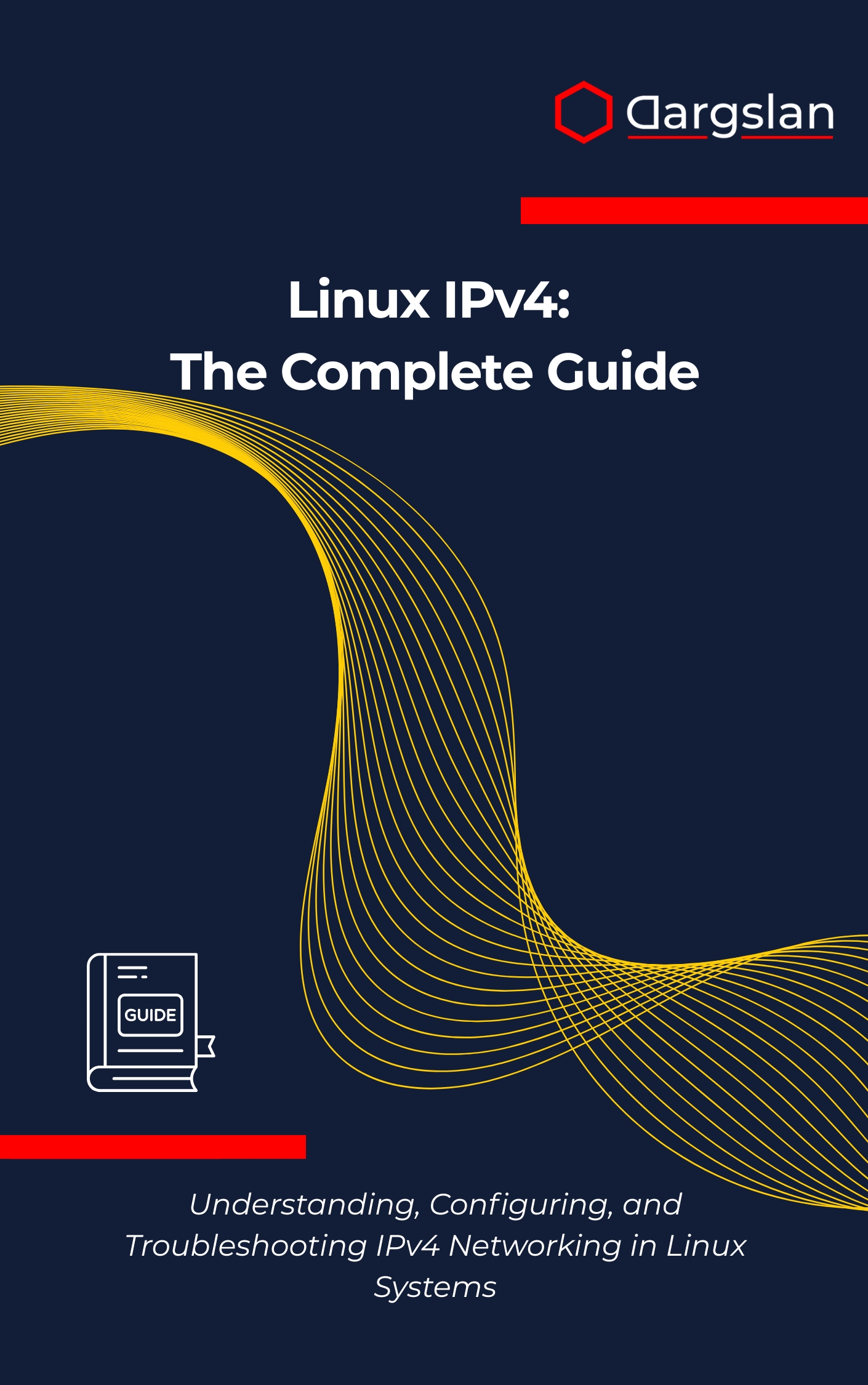Linux DHCP, DNS, and NAT Configuration
FTP Server with vsftpd on Linux: A Practical Guide,Build secure FTP services on Linux using vsftpd for enterprise networks.

If you manage Linux networks and want reliable, production-ready configurations, this book will fast-track your skills from theory to practice. With step-by-step examples, tested templates, and real troubleshooting workflows, you’ll learn to deploy essential services with confidence and build secure, high-performance infrastructures.
A Practical Guide to Setting Up Network Services and Routing on Linux Systems
Overview
Linux DHCP, DNS, and NAT Configuration delivers a hands-on roadmap for deploying core network services on Linux with clarity and precision. As A Practical Guide to Setting Up Network Services and Routing on Linux Systems, it walks you through real configurations, verified commands, and production-proven patterns that scale. This Linux-focused IT book doubles as a practical programming guide and a deeply detailed technical book tailored for administrators who need results now.
Inside you’ll move from Linux networking fundamentals to expert-level DHCP server configuration using ISC DHCP Server and streamlined DNS server setup, including BIND9 configuration for enterprise and DNSMasq implementation for lightweight and edge deployments. You’ll also master NAT configuration, creating robust iptables NAT rules and modernizing with the nftables framework, while enabling packet forwarding and coherent network service integration across environments.
Security hardening is woven into every stage, alongside actionable network troubleshooting methods built on Linux diagnostic tools. You’ll practice tcpdump analysis and Wireshark usage, learn pragmatic network monitoring strategies, and apply service optimization techniques that make your infrastructure faster, safer, and easier to maintain.
Who This Book Is For
- System administrators who want reliable, repeatable Linux network builds—gain proven workflows for DHCP, DNS, and NAT that reduce downtime and speed up deployments.
- Network engineers transitioning to Linux-based services—learn how to translate platform-agnostic concepts into concrete configurations with BIND9, DNSMasq, iptables, and nftables.
- IT professionals and learners aiming to level up—get practical exercises and complete examples that help you move from lab tests to production-ready implementations.
Key Lessons and Takeaways
- Design and deploy DHCP, DNS, and NAT services on Linux using best-practice architectures, ensuring stable addressing, fast name resolution, and controlled egress routing.
- Confidently implement BIND9 for enterprise zones, DNSMasq for branch or edge sites, and ISC DHCP Server for scalable lease management, with security hardening baked in.
- Troubleshoot like a pro using tcpdump, Wireshark, and other Linux diagnostic tools to pinpoint latency, resolve misconfigurations, and optimize service performance.
Why You’ll Love This Book
It’s practical from page one. Each chapter includes real config snippets, command sequences, and decision-making frameworks, so you understand not just what to do, but why it works in production.
The guidance is clear, vendor-neutral, and up to date with both iptables and the nftables framework. Whether you’re modernizing existing stacks or building fresh, you’ll find a clean path forward with minimal guesswork.
How to Get the Most Out of It
- Follow the progression chapter by chapter—start with fundamentals, then layer in DHCP, DNS, NAT, and finally integration and security to build a cohesive skill set.
- Mirror the examples in a lab VM or containerized environment, then adapt the configuration files to your addressing plan, VLANs, and routing policies.
- Complete mini-projects: deploy BIND9 with split-horizon zones, stand up a DNSMasq resolver for a branch office, and migrate an iptables NAT to nftables while documenting packet flows.
Deep-Dive Highlights
DHCP configuration is treated as a first-class discipline, from lease strategies and reservations to failover and auditing. You’ll standardize settings across sites and integrate DHCP with DNS for accurate forward and reverse records.
For DNS, you’ll compare BIND9 and DNSMasq by use case, performance, and manageability. The book shows how to secure authoritative and recursive roles, implement access controls, and validate with dig queries and packet captures.
NAT gets the modern treatment: translate legacy iptables NAT rules into nftables sets and maps, simplify rulesets, and enable packet forwarding safely. You’ll verify flows with tcpdump analysis and confirm policies using counters and logs.
Security and Reliability Built In
Security hardening isn’t an afterthought. You’ll learn to minimize attack surfaces, restrict recursion, enforce least privilege, and monitor with systemd-journald, rsyslog, and dedicated network monitoring. The result is resilient services that stand up to real-world traffic and change.
When issues arise, the book’s network troubleshooting playbooks help you isolate layers quickly. Combine Wireshark usage for protocol insight with Linux diagnostic tools to trace bottlenecks, misroutes, and DNS latency to root cause.
Real-World Outcomes
By the end, you’ll be able to design a small-office network or an enterprise branch that boots clients reliably, resolves names instantly, and routes traffic efficiently. You’ll own a reusable toolkit for service optimization and a blueprint for ongoing maintenance and audits.
Most importantly, you’ll develop repeatable patterns—documented configs, verification steps, and rollback plans—that make your Linux networking practice both predictable and scalable.
Get Your Copy
Ready to build fast, secure, and maintainable network services on Linux? Unlock proven configurations, modern NAT strategies, and bulletproof troubleshooting techniques.




